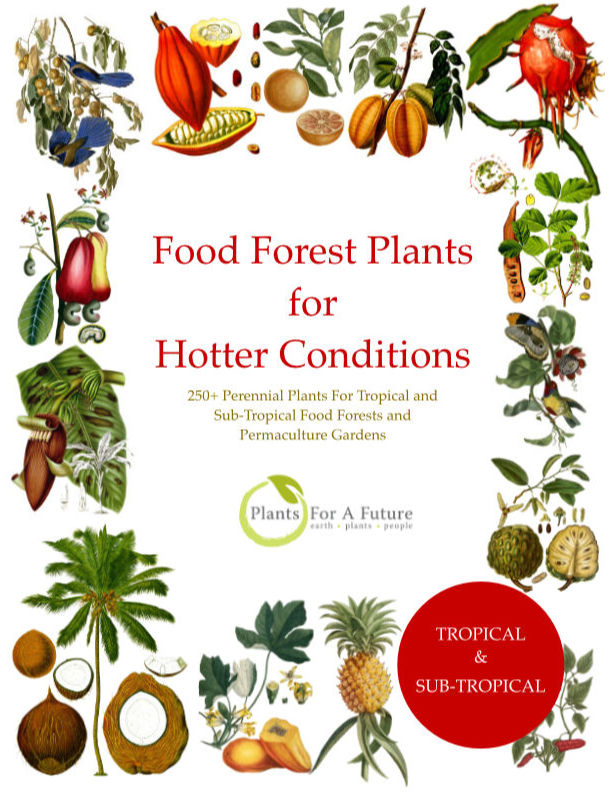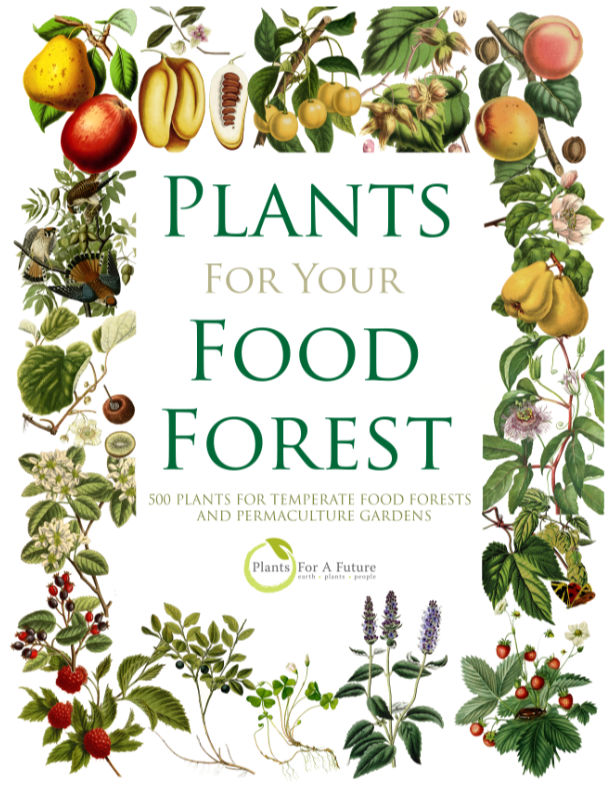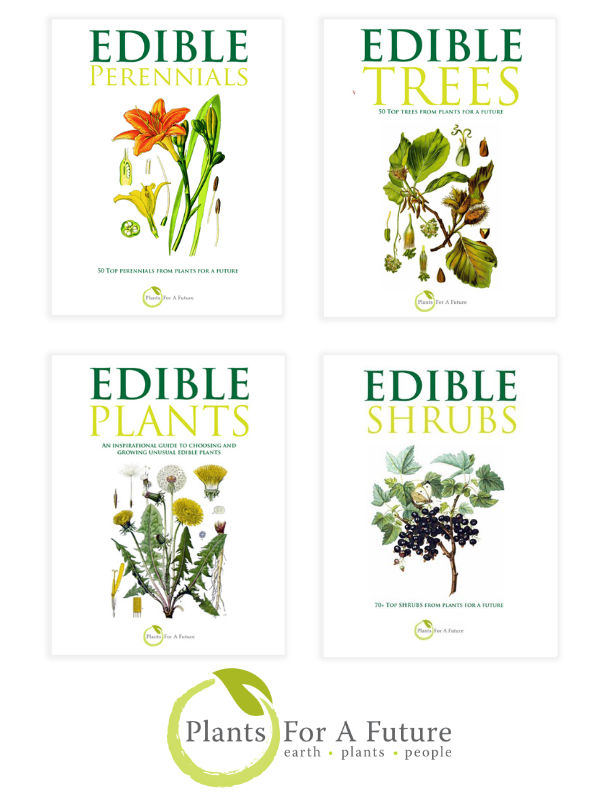Translate this page:
Summary
Rocket is a fast-growing, erect, branched annual plant, reaching a height of about 60cm. A source of salad leaves, medicines, and essential and fixed oils, the plant has become fairly well known as a richly flavoured addition to salads. It is occasionally cultivated for its edible leaves and flowers, especially in the Mediterranean and in Sudan, but also on a small scale in several other countries.
Physical Characteristics

 Eruca vesicaria is a ANNUAL growing to 0.6 m (2ft) by 0.3 m (1ft in) at a fast rate.
Eruca vesicaria is a ANNUAL growing to 0.6 m (2ft) by 0.3 m (1ft in) at a fast rate.
See above for USDA hardiness. It is hardy to UK zone 7 and is not frost tender. The flowers are pollinated by Insects.
Suitable for: light (sandy), medium (loamy) and heavy (clay) soils and prefers well-drained soil. Suitable pH: mildly acid, neutral and basic (mildly alkaline) soils and can grow in very alkaline soils.
It can grow in semi-shade (light woodland) or no shade. It prefers dry or moist soil and can tolerate drought.
UK Hardiness Map
US Hardiness Map
Synonyms
Homotypic Synonyms: Brassica vesicaria L. E. sativa subsp. vesicaria (L.) Jahand. & Maire. E. sativa var. vesicaria (L.) Coss. Euzomum vesicarium (L.) Link. Raphanus vesicarius (L.) Crantz. Velleruca vesicaria (L.) Pomel. Heterotypic Synonyms: E. vesicaria var. albiflora DC. E. vesicaria var. flaviflora DC.
Plant Habitats
Edible Uses
Young leaves - raw or cooked[2 , 27 , 33 , 34 , 74 ]. A distinct strongly spicy flavour[183 ], the taste is best from fast, well-grown plants[200 ]. A few leaves added to a salad are acceptable though the flavour is too strong for many tastes[K ]. Some people really like these leaves though most are not very keen[K ]. Older leaves that have become too hot to eat on their own can be pureed and added to soups etc[183 ]. In the milder areas of Britain it is possible to produce edible leaves all year round from successional sowings, especially if the winter crop is given some protection[K ]. Flowers - raw[52}. A similar taste to the leaves, they make a nice garnish on the salad bowl[183 ]. The seed yields a semi-drying oil[1 , 2 , 74 ]. Its use as a salad or cooking oil is limited because of its initial acridity; this acridity disappears after storing the oil for 6 months, it is then suitable for edible purposes[61 , 114 , 299 ] The oil can be used as a substitute for rapeseed oil[34 ]. It contains 32% fat, 27% protein[114 ]. It is known as 'jamba oil'[183 ]. A mustard is obtained from the seed[46 , 74 , 183 ]. The strong flavour comes from an essential oil that is contained within the oil of the seed[114 ]. The pungency of mustard develops when cold water is added to the ground-up seed - an enzyme (myrosin) acts on a glycoside (sinigrin) to produce a sulphur compound. The reaction takes 10 - 15 minutes. Mixing with hot water or vinegar, or adding salt, inhibits the enzyme and produces a mild bitter mustard[238 ].
References More on Edible Uses
Medicinal Uses
Plants For A Future can not take any responsibility for any adverse effects from the use of plants. Always seek advice from a professional before using a plant medicinally.
Rocket was at one time often used medicinally, though it is now seen mainly as a salad herb[238 ]. The leaves are antiscorbutic, diuretic, rubefacient, stimulant and stomachic[4 , 46 , 299 ]. Eruca contains the glucosinolate methylsulphinylbutyl isothiocyanate which induces enzymes which have anticancer activity[289 ]. The seed is rubefacient and stimulant[4 , 46 ]. The powdered seed possesses antibacterial activity, but no alkaloids have been isolated[240 ]. The oil from the seed is said to have aphrodisiac properties[264 , 299 ]. The oil can be used for massage and for soothing the skin[299 ].
References More on Medicinal Uses
The Bookshop: Edible Plant Books
Our Latest books on Perennial Plants For Food Forests and Permaculture Gardens in paperback or digital formats.

Edible Tropical Plants
Food Forest Plants for Hotter Conditions: 250+ Plants For Tropical Food Forests & Permaculture Gardens.
More

Edible Temperate Plants
Plants for Your Food Forest: 500 Plants for Temperate Food Forests & Permaculture Gardens.
More

More Books
PFAF have eight books available in paperback and digital formats. Browse the shop for more information.
Shop Now
Other Uses
The seed yields a semi-drying oil which is a substitute for rapeseed oil[46 ]. It is rich in erucic acid[289 ]. It can also be used for lighting and burning with very little soot[114 ]. Eruca seed oil is mainly used in industries as a lubricant, for soap-making, as an illuminating agent, in massaging, in medicines and in cooking as a salad oil[289 ]. Erucic oil is sometimes used for adulterating rapeseed/mustard oil[289 ]. High erucic acid (HEA) oil has special properties which include: High smoke and flash points, oiliness and stability at high temperatures, ability to remain fluid at low temperatures and durability[289 ]. HEA oil is used to produce erucamide which is used as a slip additive in polythene and polypropylene, to reduce surface friction and prevent adhesion between film surfaces[289 ]. HEA oil is also used in printing inks, lubricants and has a range of other applications[289 ]. An essential oil from the leaves of Eruca sativa contains 67 volatile components, representing 96.52% of the oil. The oil is characterized by a high content of sulphur and nitrogen containing compounds[289 ].
Special Uses
References More on Other Uses
Cultivation details
A plant originally from the Mediterranean region, it can be cultivated from the temperate zone to the tropics. It grows best in areas where annual daytime temperatures are within the range of 15 - 25°c but can tolerate 8 - 29°c[418 ]. It tolerates winter cold, with temperatures dropping below freezing for short periods. It prefers a mean annual rainfall of 500 - 900mm but tolerates 300 - 1,100mm[418 ]. Succeeds in full sun but prefers some shade from the hottest sun[52 ]. A very easily grown and fast-maturing plant, it succeeds in most soils and conditions, though it prefers sandy and sandy loam soils[52, 299 ]. Prefers a pH range of 7 - 8, tolerating 6 - 8.5[418 ]. Once established, plants are quite drought resistant[160 ]. Plants can be ready for harvest within 40 days of sowing the seed[1, 46, 89, 264 ]. A good yield of leaves is 12 - 16 tonnes/ha, most of which is collected from the first harvest[418 ]. High nitrogen levels in the soil can increase the yield of leaves by up to 50%[289 ]. Plants usually self-sow freely if the ground is disturbed, such as by hoeing[K ]. There are some named varieties. 'Rocket Improved' is less prone to bolting, though it still grows best in cooler weather[183 ]. This species is normally untroubled by pests or diseases[160 ].
References Carbon Farming Information and Carbon Sequestration Information
Temperature Converter
Type a value in the Celsius field to convert the value to Fahrenheit:
Fahrenheit:
The PFAF Bookshop
Plants For A Future have a number of books available in paperback and digital form. Book titles include Edible Plants, Edible Perennials, Edible Trees,Edible Shrubs, Woodland Gardening, and Temperate Food Forest Plants. Our new book is Food Forest Plants For Hotter Conditions (Tropical and Sub-Tropical).
Shop Now
Plant Propagation
Seed - sow in situ. Germination is usually very quick and free, taking just 24 hours at 25°c. In order to obtain a continuous supply of edible leaves, successional sowings can be made every few weeks[33 ].
Other Names
If available other names are mentioned here
Wild Rocket, Arugula
Native Range
Native to Algeria, Morocco, and Spain.
Weed Potential
Right plant wrong place. We are currently updating this section.
Please note that a plant may be invasive in one area but may not in your area so it's worth checking.
None Known
Conservation Status
IUCN Red List of Threatened Plants Status : This species has not yet been assessed for the IUCN Red List.

Growth: S = slow M = medium F = fast. Soil: L = light (sandy) M = medium H = heavy (clay). pH: A = acid N = neutral B = basic (alkaline). Shade: F = full shade S = semi-shade N = no shade. Moisture: D = dry M = Moist We = wet Wa = water.
Now available:
Food Forest Plants for Mediterranean Conditions
350+ Perennial Plants For Mediterranean and Drier Food Forests and Permaculture Gardens.
[Paperback and eBook]
This is the third in Plants For A Future's series of plant guides for food forests tailored to
specific climate zones. Following volumes on temperate and tropical ecosystems, this book focuses
on species suited to Mediterranean conditions—regions with hot, dry summers and cool, wet winters,
often facing the added challenge of climate change.
Read More
Expert comment
Author
(L.) Cav.
Botanical References
Links / References
For a list of references used on this page please go here
A special thanks to Ken Fern for some of the information used on this page.
Readers comment
| Add a comment |
|
If you have important information about this plant that may help other users please add a comment or link below. Only comments or links that are felt to be directly relevant to a plant will be included. If you think a comment/link or information contained on this page is inaccurate or misleading we would welcome your feedback at [email protected]. If you have questions about a plant please use the Forum on this website as we do not have the resources to answer questions ourselves.
* Please note: the comments by website users are not necessarily those held by PFAF and may give misleading or inaccurate information.
To leave a comment please Register or login here All comments need to be approved so will not appear immediately.
|
Subject : Eruca vesicaria
|
|
|
|